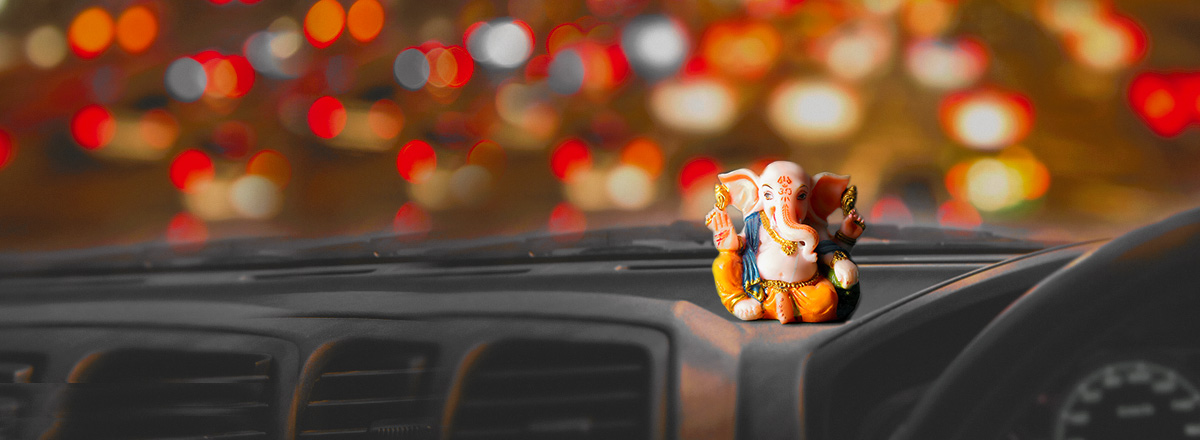Religion sacred scripture of Hinduism during the period of ancient Aryans is called the Vedas. The Vedas of Hinduism are more than 100,000 verses in Sanskrit. The originals were not all sacred texts; they were oral communications transmitted holy seers (Rishi) to disciple by smriti means “remembrance”
Veda consists of hymns praising various Vedic deities like Agni, Indra, Varuna, Mitra, Soma, etc. Veda hymns were used to appeal to the gods of rain, food and other necessities of life. Those who perform the ritual invocation of deities were called priests (Brahmans). Veda also consist of works on medicine, Ayurveda, Law, Dharma Shastra, architecture, Vastu Shastra, political science, Artha Shastra, morality, Niti Shastra, and of course, love and pleasure, Kama Shastra. So all these, include the Vedas, the sacred books of Hinduism old.
Puranas are collections of old stories about gods, sages and kings, with the genealogies of famous royal families. Stories of creation, destruction, and stories from different eras and even different parts of creation such as different skies and hell is called the Puranas , considered outer part of Veda
Rishi Vyasa codified the Vedas remembered and put in writing. The Ramayana Mahabharata is also included in the compass of Smriti Vedas. It is composed by the sage Valmiki. The Ramayana is the story of Rama and Hanuman, two of the most popular gods of modern Hinduism. Bhagavad Gita (The Song of God) appears in this great epic of Mahabharata.
Most Hindus consider four Vedas are the divinely revealed and most revered. The first is called the Rig Veda. The second is called Yajur Veda. The third is called Samaand Veda. The fourth is called Atharva Veda.
The original Sanskrit literature of the Veda is traditionally regarded as a direct revelation of the truth of cosmic called Ohm and directed by the holy prophets of old (Rrishis) in their consciousness, then translated into something comprehensible in the sacred texts of the Vedas called sruti, Hinduism.
The Rig-Veda is the oldest of the Vedas. All the other Vedas are based upon it and consist mainly of hymns different from him. It consists of a thousand such hymns of different prophets (Rishis), each hymn composed many verses. Veda form has been structured in different ways to ensure the authenticity and the appropriate shelf life.
The Rig-Veda is the book of Mantra. It contains the oldest form of Sanskrit mantras all. It is built around a science of sound, including the meaning and power of each letter. Most aspects of Vedic science, such as yoga, meditation, mantras and Ayurvedic medicine system can be found in the Rig Veda and still use many terms that come from him.
The Yajur Veda is the Veda of ritual. Internally, it defines the practice of yoga to purify the mind and awakening the inner consciousness. The Yajur Veda is the main Veda used by the priests (Brahmans). In ancient India, it refers ritual sacrifice and different formula for the awakening of interior consciousness. Many ancient Hindu temples still follow.
The Sama Veda is the Yoga of the song. It consists of various hymns of the Rig Veda the subject of another song and music. Therefore, the text of Sama Veda is a smaller version of the Rig Veda.
The secret of Sama Veda is in musical notation and rendering. The Sama Veda is the ecstasy of spiritual knowledge and the power of devotion. The Sama Veda is the song of the realization of the sacred knowledge of the Rig Veda.
The Atharva Veda is the principal quarter of Vedas of Hinduism. Atharva Veda contains many hymns of the Rig Veda, but also a certain spiritual knowledge that is outside the knowledge of Vedas other direction. As the Rig Veda, there is a collection of hymns, but a more diverse, some very high as the Rig Veda of the other most common type. As such, it gives us a better idea of the lives of ordinary people in Vedic times. He discussed the law of Karma is cause and effect which boosts reincarnation, Veda discuss the release cycle of suffering and rebirth (moksha).
In the Vedic period, gods like Agni, Indra, Varuna Mitra, Soma, and Rudras Vasus, have been the basis of Hinduism. The main Hindu gods of the Hindu new age are Brahma, Vishnu and Shiva (the Trimurti). Popular deities include Krishna, Ganesh, Parvati, Lakshmi etc. and Ramayana and Bhagwat Gita are more popular sacred books of Hinduism.





